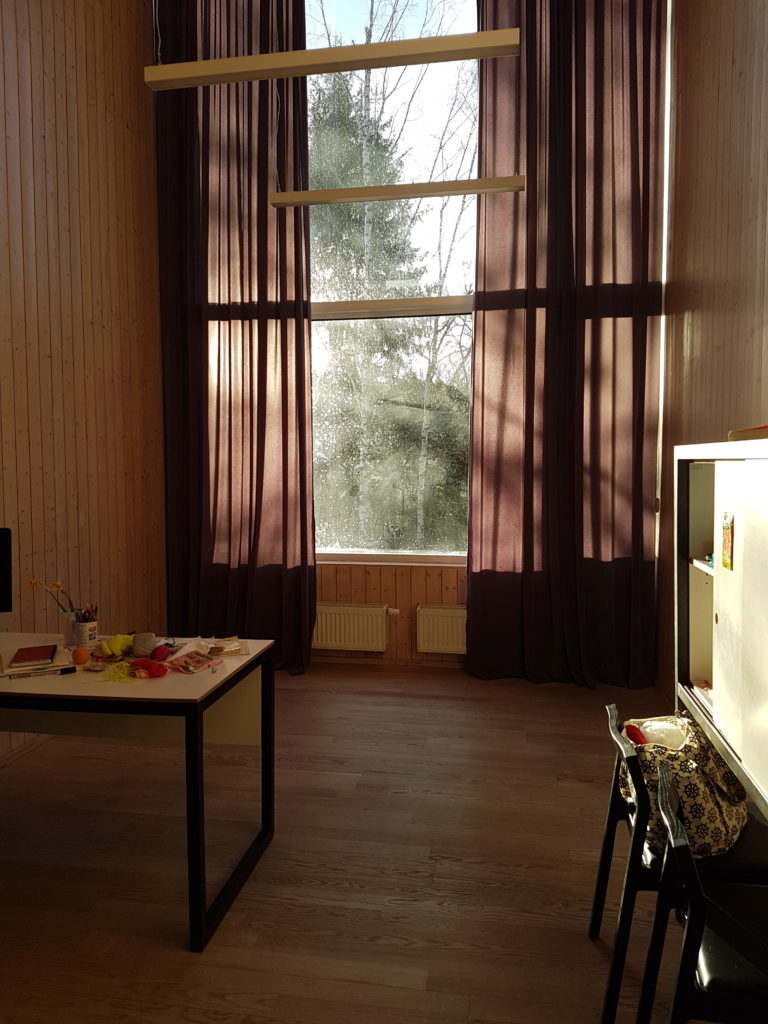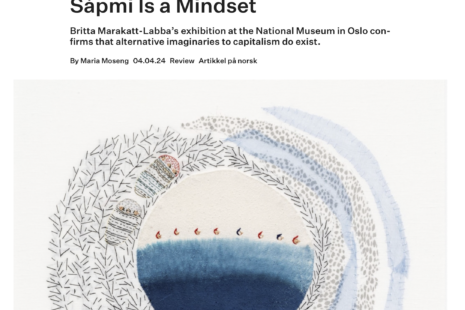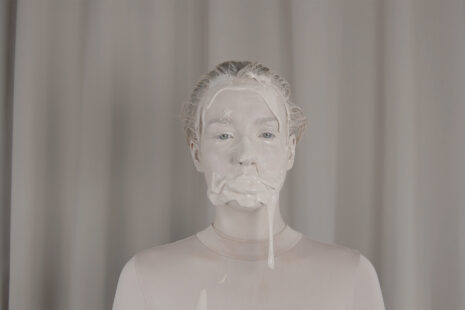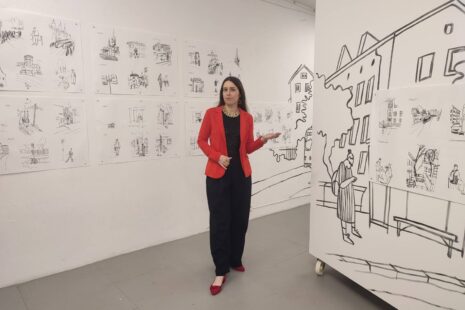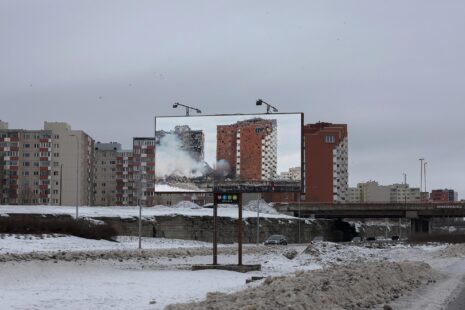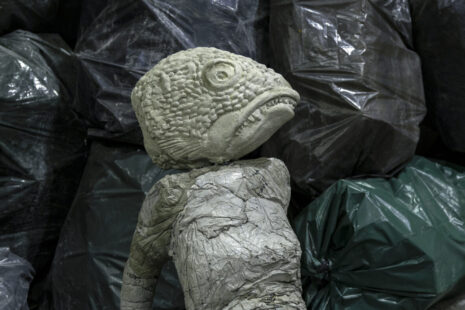Eva Mustonen is an installation artist living and working in Tallinn, Estonia. With a background in textile art and semiotics, her work are heavily influenced by handicraft and physical labour as means of expression. For six weeks Eva stayed at RUPERT – an artist residency and an alternative education centre at the outskirts of Vilnius, Lithuania. It is a revered artist residency among the international art circuit for providing great support for young artists and having an interesting program.
During her stay at RUPERT, Mustonen worked on a collection of humorous short-stories describing her creative process and everyday hassle in making art. Instead of actually making an art piece, the stories propose how the process would look like and what woes it might entail, listing possible outcomes as well as dead-ends. Realising the ideas only in fiction, the descriptions themselves become the (written) artworks. The stories will be later made into a book.
Eva learned about Rupert here and there on social media over the years, but she only started to think about applying seriously after a colleague recommended it. “One of the reasons for joining was, of course, meeting new people. I also wanted to get to know Vilnius´s art scene. “I feel that I have a better understanding of what is going on in Riga, but Vilnius is always a little too far down for making frequent visits,” she explains.
Breaking the mold a bit of your usual habitat
Eva is not too familiar with residency programs. “I have been in Vantaa for a month via the exchange program between Tartu and Vantaa´s artist residences. And while participating in „Artists in collections 10×10” last year, I spent two weeks in Seto Talumuuseum,” she added. Stilll she believes it is important to take part in residencies- it is about breaking the routine. According to Eva, it does not need to be mind-blowing. Just sharing meals and talks is enough to see things from another perspective. “Residences are often promoted as retreats, where you can focus on your work, but they can also be great places for interaction. It might be that you think differently about your work when you return. Or why other people do what they do, for that matter,” she explained.
During her stay in Rubert she had quite loose program with studio visits, weekly get-togethers, some lectures and informal gatherings. She believes the best was visiting artist-run spaces in Vilnius, which were very interesting and fun.
Eva suggests attending an artist residency when feeling stagnated and stuck in your own ways. Then, the change of scenery and meeting new people could help to shake things up a bit and a person is probably more inclined to learn from the experience. “Rupert is definitely a nice place to stay in and work. A good place to start, if you haven´t been to too many residences before.”
Group exhibition in the fall
At the moment Eva Mustonen is slowly preparing for two group exhibitions coming up in August and October. First it´s the fun collaboration with Jenny Grönholm and Madlen Hirtentreu at the Hobusepea gallery, titled „Idiots: Let´s Dream Together”. Second one is in Kumu and curated by Triin Tulgiste, where, together with Edith Karlson and Mary Reid Kelley, we will tackle the themes of story-telling and materiality in our works. “I hope to present new body of work and texts that I started to write in Rupert,” she adds.
About Rupert
Each resident is provided with a studio space and mezzanine (approximately 52 sq m. altogether) to be used as a production and research space during the residency. The studio is fully furnished and equipped with WiFi. The building also houses a reading room, conference room, and a kitchen, all of which are open for residents’ use. Each resident is also provided with a Mac computer and a bicycle.
The residency is FREE thanks to the support of the Lithuanian Council for Culture and other grants. Rupert supports the resident with a studio, utilities, curatorial support (a minimum of 2 studio visits or feedback sessions per month), provides administrative support and facilitates access to required contacts, tools, materials and information needed for research and production. Applicants are responsible for covering personal (daily and travel) expenses, although a limited number of travel and production grants are available for some selected candidates. There is also a travel grant available for Baltic and Nordic applicants through the Nordic Mobility Programme. Rupert’s team will issue acceptance letters for successful residents and support their applications for external grants to cover the residency fee, travel, food, production and other costs.
Rupert’s mission manifests in three distinct but closely-linked channels: first, the Educational Program offers 8–10 participants the chance to develop project ideas and make connections with professionals in the field through regular lectures and workshops. It provides the invaluable opportunity for collaborative education, forging new international networks. This degreeless, non-academic program is proudly career-oriented and supplemented by its transdisciplinary approach. Rupert’s sixth educational series begins in Spring 2018.
Second, Rupert offers a Residency Program in which the participants develop their individual projects, giving them the opportunity to immerse themselves in Vilnius. Through collaboration, participants will establish fruitful connections with Rupert’s educational program and the artistic sphere of the region. Rupert’s residencies will provide both Lithuanian and foreign participants with the opportunity to live and work in Vilnius for up to 3 months.
Finally, an unconventional Exhibition Program will serve as the basis for a wide range of public programs and activities exploring art and its role in contemporary society. The gallery is conceived as a space of support for the educational program – a laboratory that will complement topics covered by workshops and lectures.
Through its research and development-oriented programs, Rupert supports international thinkers in realizing their projects and establishing their creative careers on an international scale. It focuses on contemporary artistic and curatorial practices but remains close to an extensive range of disciplines, while encouraging transdisciplinarity.

